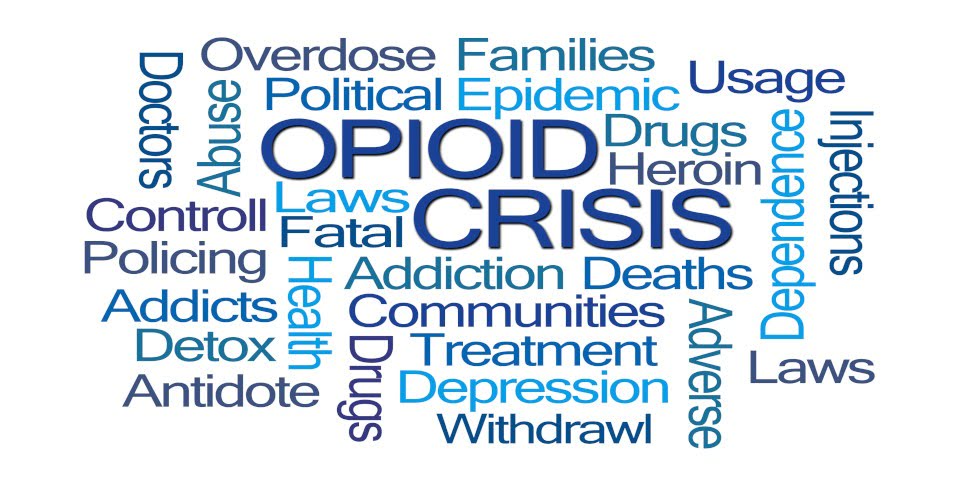A total of 1,045 Australians aged 15-64 died of an opioid overdose in 2016, according to a report released this week by the National Drug and Alcohol Research Centre at the University of NSW.
Seventy-six per cent of these deaths were attributable to pharmaceutical opioids, the report says, highlighting an increase in opioid-induced deaths from 3.8 to 6.6 deaths per 100,000 in Australia from 2007 to 2016.
While the number and rate of amphetamine-induced deaths among Australians aged 15-64 is the highest observed since monitoring began (105 deaths, or 0.7 deaths per 100,000 Australians in 2016), the report says this is still substantially lower than that recorded for opioids.
The report, ‘Opioid-amphetamine-and cocaine-induced deaths in Australia’, includes estimates from 1997 to 2016, with preliminary estimates for 2015 and 2016. Analyses of opioid-induced deaths showed:
- The highest rates of opioid-induced death in 2016 were for natural and semi-synthetic opioids (eg, morphine, oxycodone, codeine), with 3.1 deaths per 100,000 people (498 deaths).
- The rate of deaths attributed to heroin has been increasing over the past few years. In 2016 there were 2.2 deaths per 100,000 people (357 deaths) attributed to heroin (an increase from 0.9 in 2007).
- The rate of deaths attributed to synthetic opioids (eg, tramadol and fentanyl) has also increased. There were 1.3 deaths per 100,000 people (214 deaths) in 2016, an increase from 0.11 per 100,000 in 2007.
- Forty-five per cent of opioid-induced deaths in 2016 also recorded a benzodiazepine as contributing to the death (475 deaths), an increase relative to 2007 (from 35 per cent).
- The rate of opioid-induced deaths was higher among males, and among those aged 35-44 years, with low rates recorded among the 15-24 age group. This has been a consistent trend.
- Most of the opioid-induced deaths were considered accidental (85 per cent), with one tenth recorded as intentional.
“One of the most important and effective strategies to reduce overdoses is increasing the availability of opioid-substitution therapy for people who have developed opioid dependence and encouraging engagement and retention in this treatment,” Dr Amy Peacock, program lead for Drug Trends at UNSW, said. “We need to ensure that this remains a key strategy in Australia.
“We also need to encourage Australians at risk of having or witnessing an overdose to carry and administer naloxone. This is available OTC in pharmacies and easily administered to temporarily reverse the effects of an opioid overdose, allowing time to seek medical help.”






